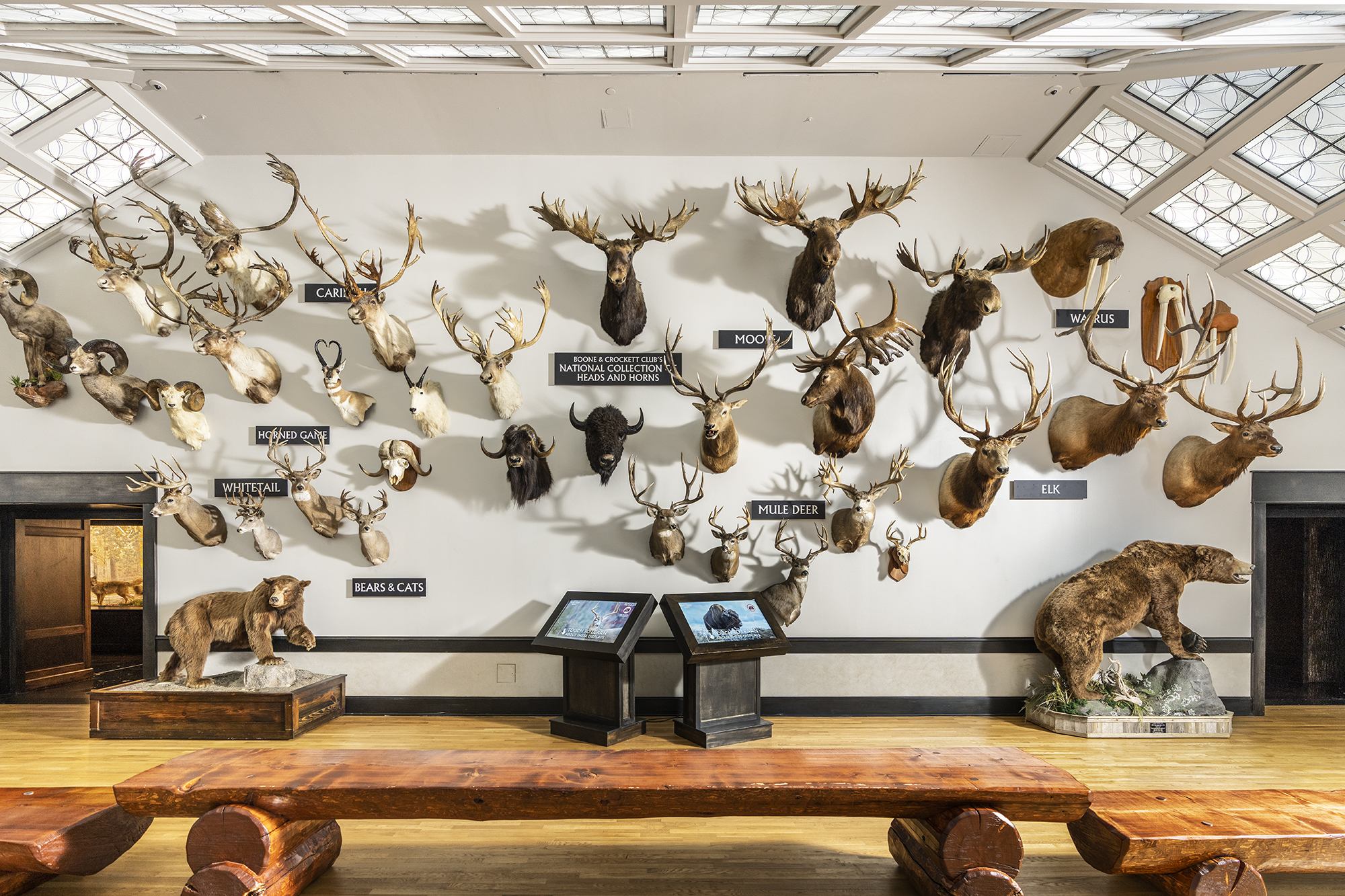JUST OVER A CENTURY AGO, hundreds of record racks and skulls were being amassed in New York City for the National Collection of Heads and Horns. Inscribed above the front entrance was this dedication: In memory of the vanishing big game of the world. At the time, President Theodore Roosevelt, famed naturalist George Bird Grinnell, and other conservation leaders did what seemed illogical in the face of massive big-game species extinction across the continent: They encouraged people to shoot trophy animals.
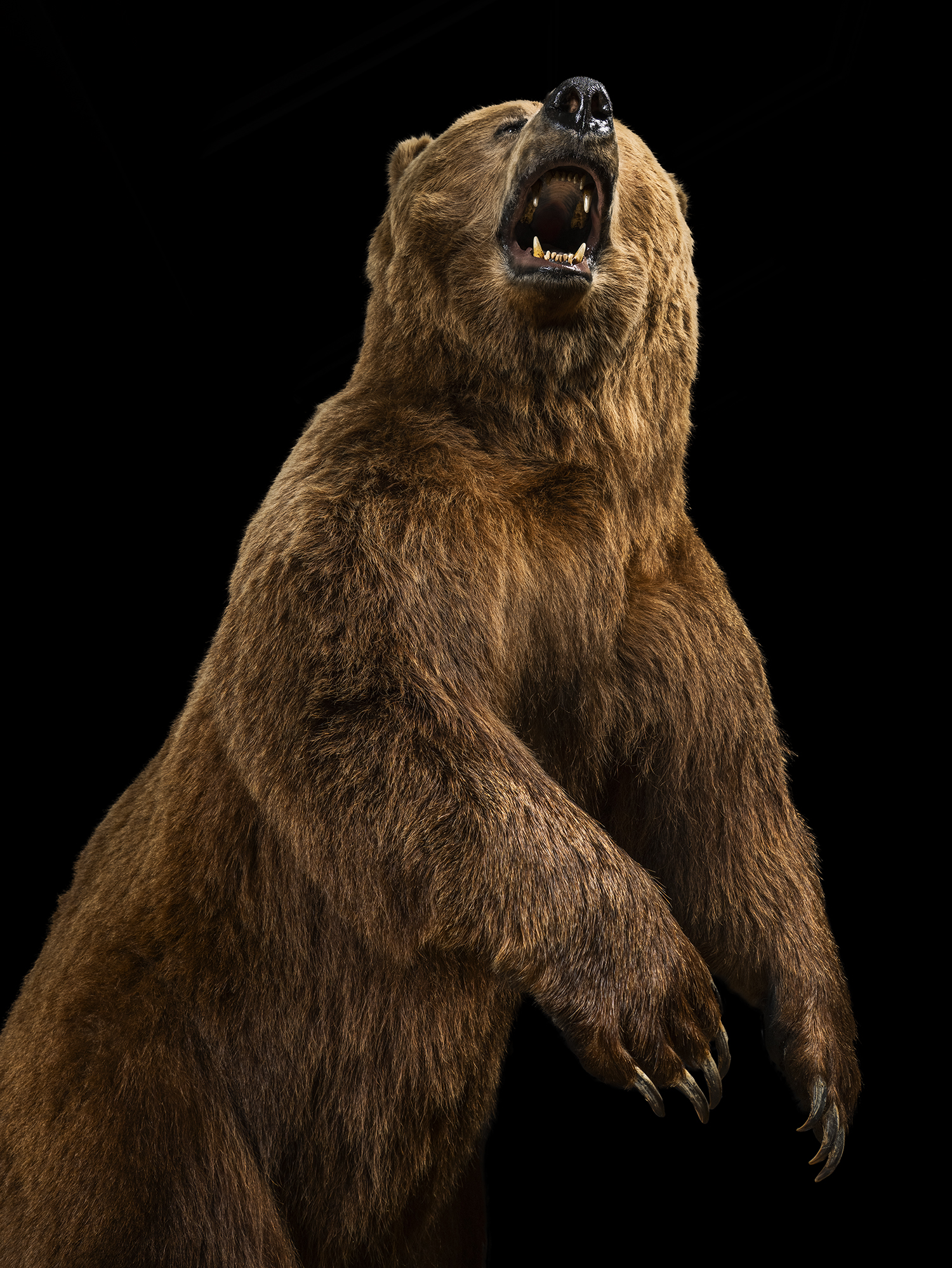
Their efforts set the stage for the game laws, licenses, quotas, restrictions, and habitat studies that make our North American Model of Wildlife Conservation unlike anything else in the world. In the decades that followed, those game species whose representatives hang in the museum returned to their former glory, or at least some version of it.
But somewhere along the way, trophy hunting earned a bad name. The country urbanized and lost touch with its hunting roots. Wild-game populations boomed, and in many areas, herds needed to be managed in order to reduce numbers, not increase them. Hanging a trophy head on the wall was no longer a motivator for the majority of the hunting public. News outlets and tabloids attacked lion-hunting dentists and elephant-hunting sons of presidents.
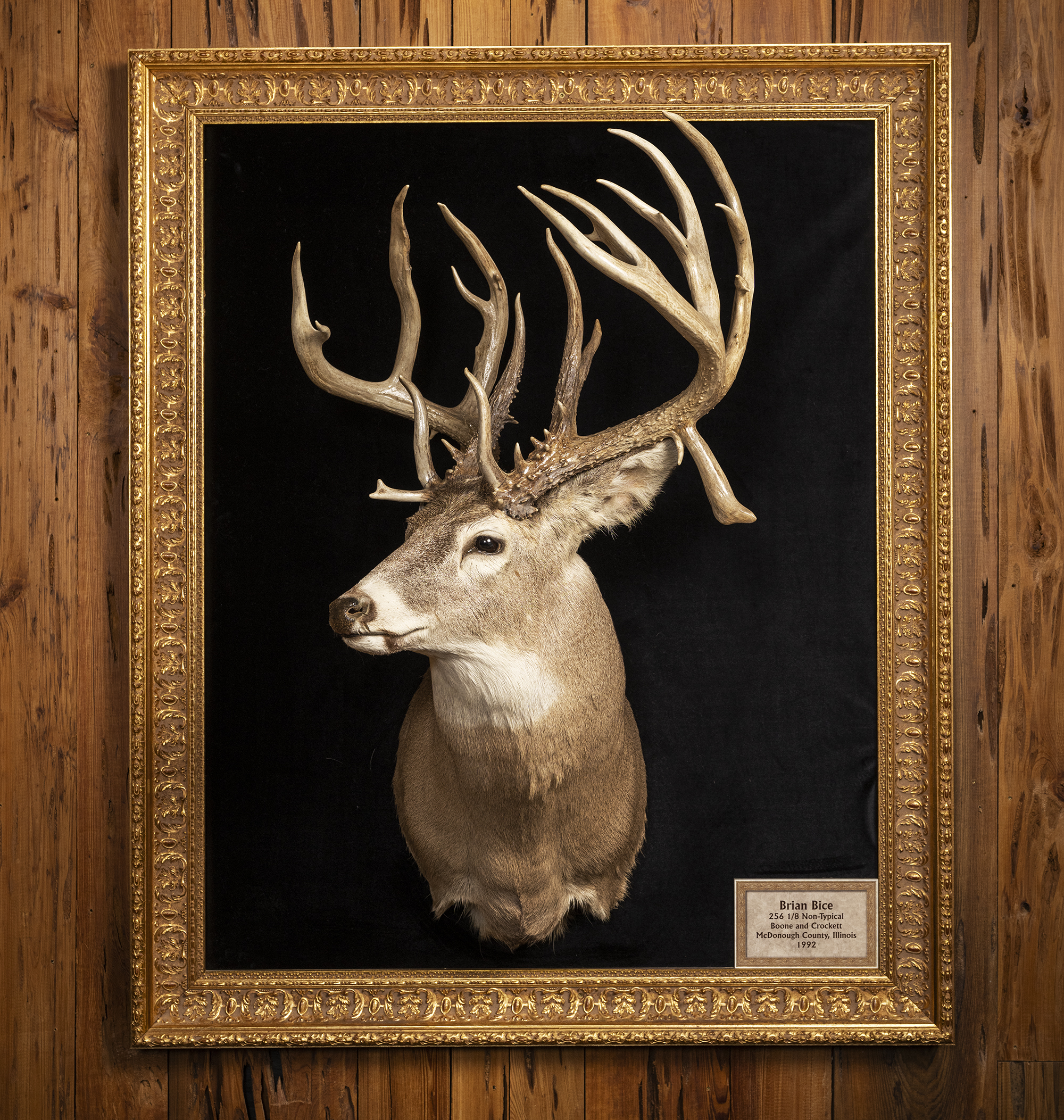
Strip away all the controversy and rhetoric, and you’ll find that trophy hunting—the pursuit of the oldest, largest males of a game species—has been a critical part of the wildlife management success story on this continent. The question now becomes: Will it remain part of that success story in the future?
Trophy Hunting to the Rescue
Trophy hunting certainly didn’t start with Roosevelt and his American hunting buddies. Famed Canadian wildlife researcher Valerius Geist wrote in a 1986 paper that antlers of medieval red deer were “collected and exchanged as princely gifts.” And William Twiti, writing about hunting in 1327, specifically addressed rack size: “The head grows according to the pasture; good or otherwise.”
Back in those days, big deer hanging in even bigger halls were a sign of healthy, fertile land, says Justin Spring, director of big-game records with the Boone and Crockett Club. By the late 1800s, trophy hunting was being used in North America as a conservation tool for the first time.
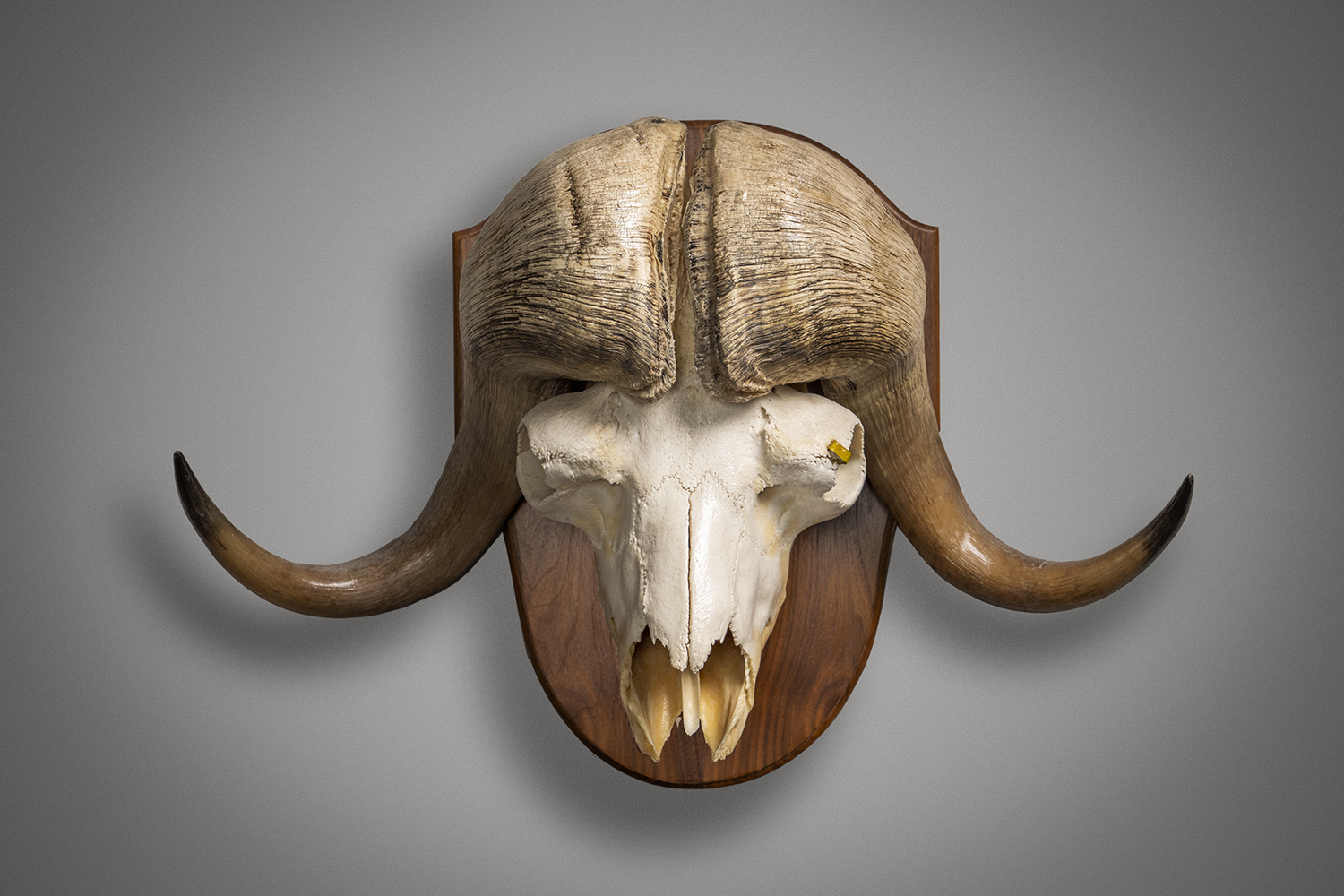
It’s hard to overstate the destruction wrought on North American wildlife after Europeans arrived. Bison went from more than 30 million animals to about 1,000. Bighorn sheep from 1.5 million to 85,000. Elk from 10 million to 41,000. Pronghorn dropped from 40 million to 12,000. Turkeys disappeared east of the Mississippi. Two subspecies of elk, the eastern elk and Merriam’s elk, vanished. Reasons for the carnage included habitat loss, market hunting, overharvesting by homesteaders and pioneers, and the intentional elimination of food sources for Native tribes.
“You’ve heard the old adage, one buck. You got $1 for a deer in the days of market hunting—that’s where that term came from. What was once believed to be an inexhaustible resource was getting hammered,” says Spring.
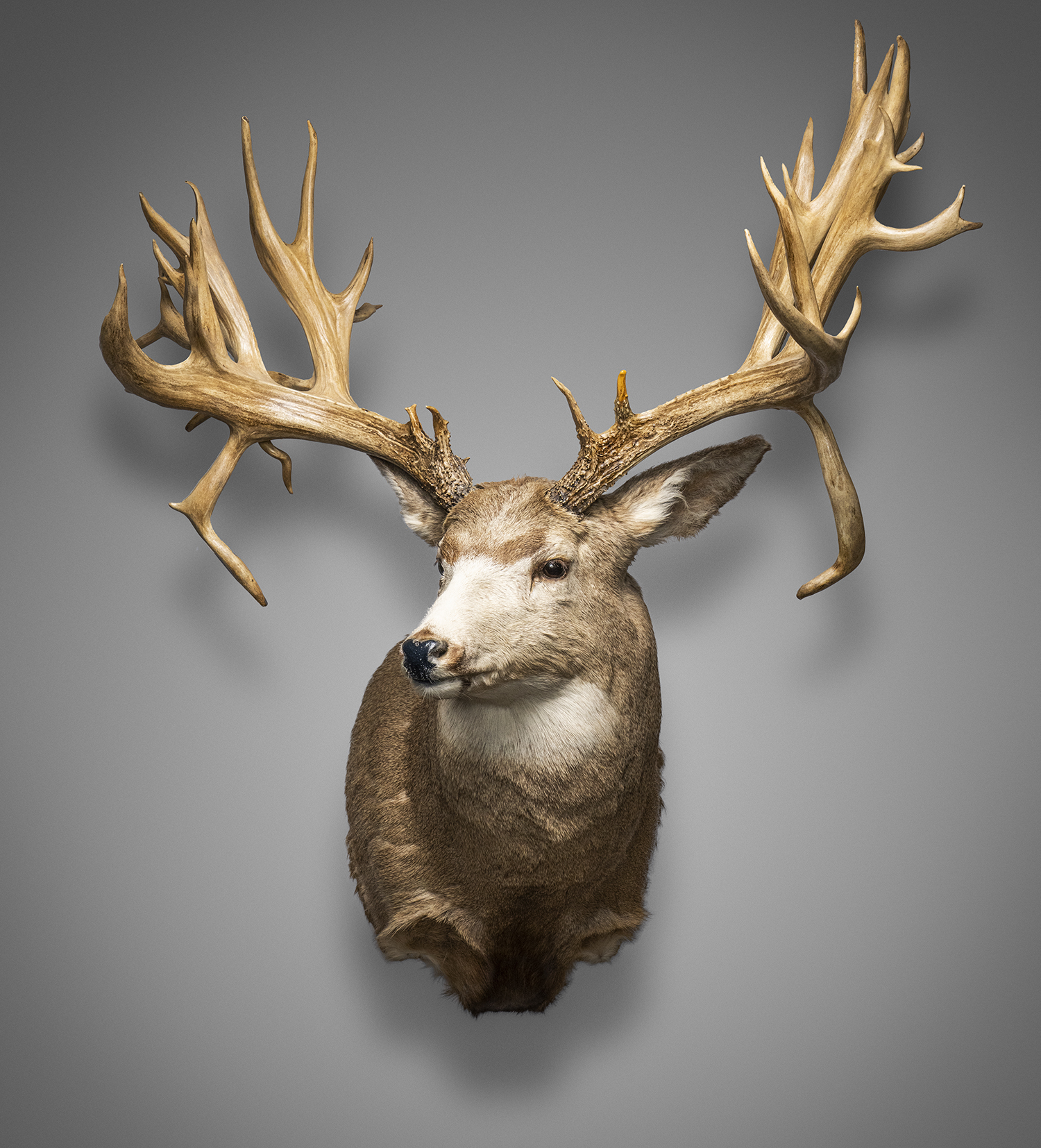
So in 1887, a coalition of bigwigs in the conservation movement, including Roosevelt and Grinnell, formed the Boone and Crockett Club (named after iconic frontiersmen Daniel Boone and Davy Crockett), a place where hunters could dedicate their efforts to reversing the wildlife losses of prior decades. Under the framework of their new club, the founders set their sights on changing laws and the culture around hunting wildlife in North America. They would start with targeting only the oldest, largest males of any given species. In other words, trophy animals.
“If you reduced hunting pressure significantly and only harvested those animals that had the opportunity to breed or were past breeding age, then the populations would be able to rebound. At the same time, [hunters are] able to hunt without having a negative impact on the population,” Spring says. “They changed the narrative.”
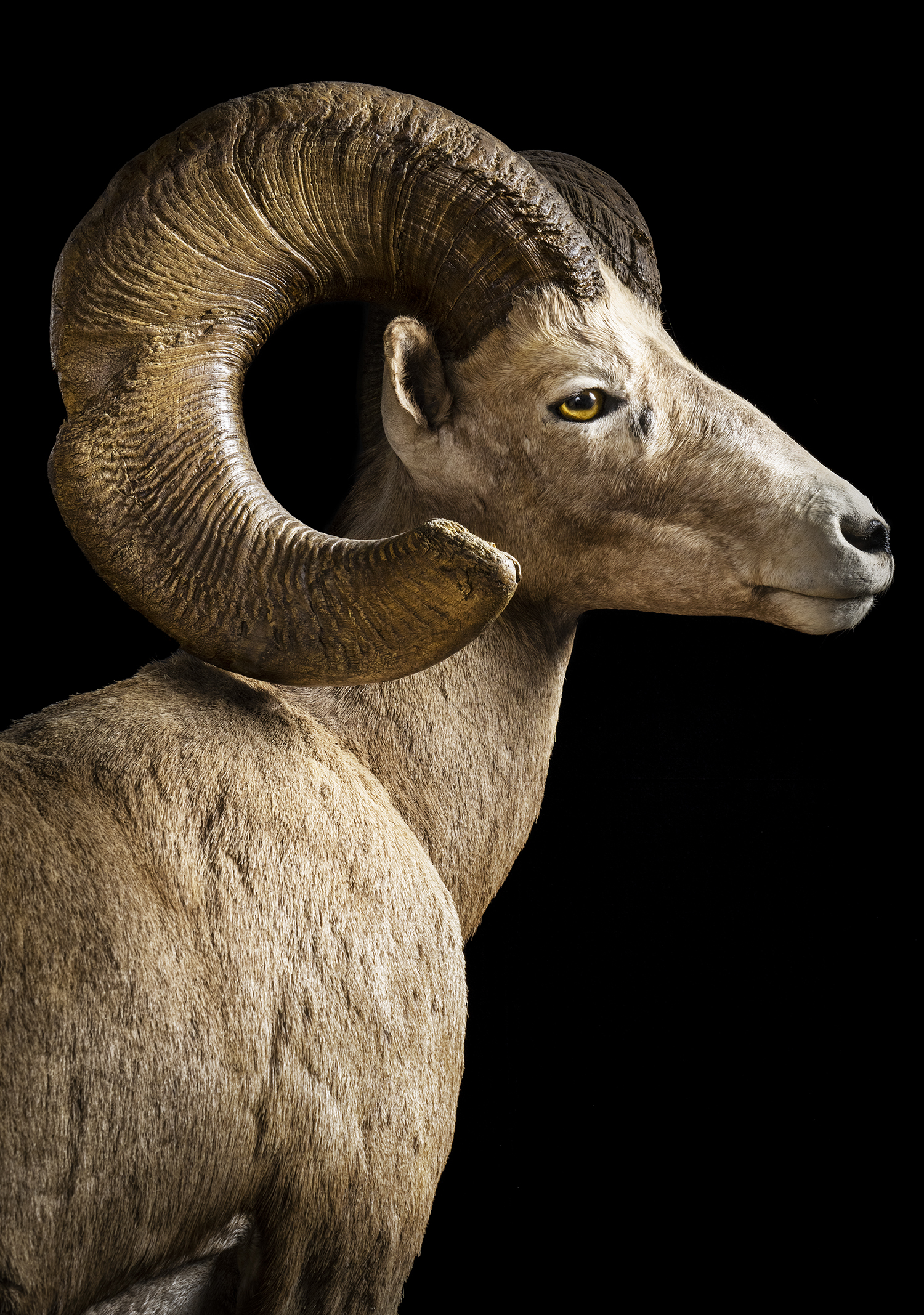
Meanwhile, naturalist William Temple Hornaday established a place to keep and display a record of species that had existed across the continent. He wanted a collection of trophy mounts to serve as an official record of what had been.
“It seemed necessary to get while the getting was good, and before further exterminations of species rendered it too late. … As wild animal extermination now is proceeding all over the world, it is saddening to think that 100 years hence many of the species now shown in our collection will have become totally extinct,” he wrote in the Zoological Bulletin in 1922 about the National Collection of Heads and Horns.
As those early conservation efforts succeeded, the Boone and Crockett Club created a system for measuring and scoring big game. The scores of these animals, and the locations where they were killed, would be kept in the club record book, which was meant to keep track of what the world’s wildlands could produce. An animal’s score represented the quality of its habitat. And animals could be entered into the record books only if they were taken under fair-chase hunting conditions, meaning the animal had a true chance to escape. The record book gave hunters a goal and an ethic that required game animals have a sporting chance.
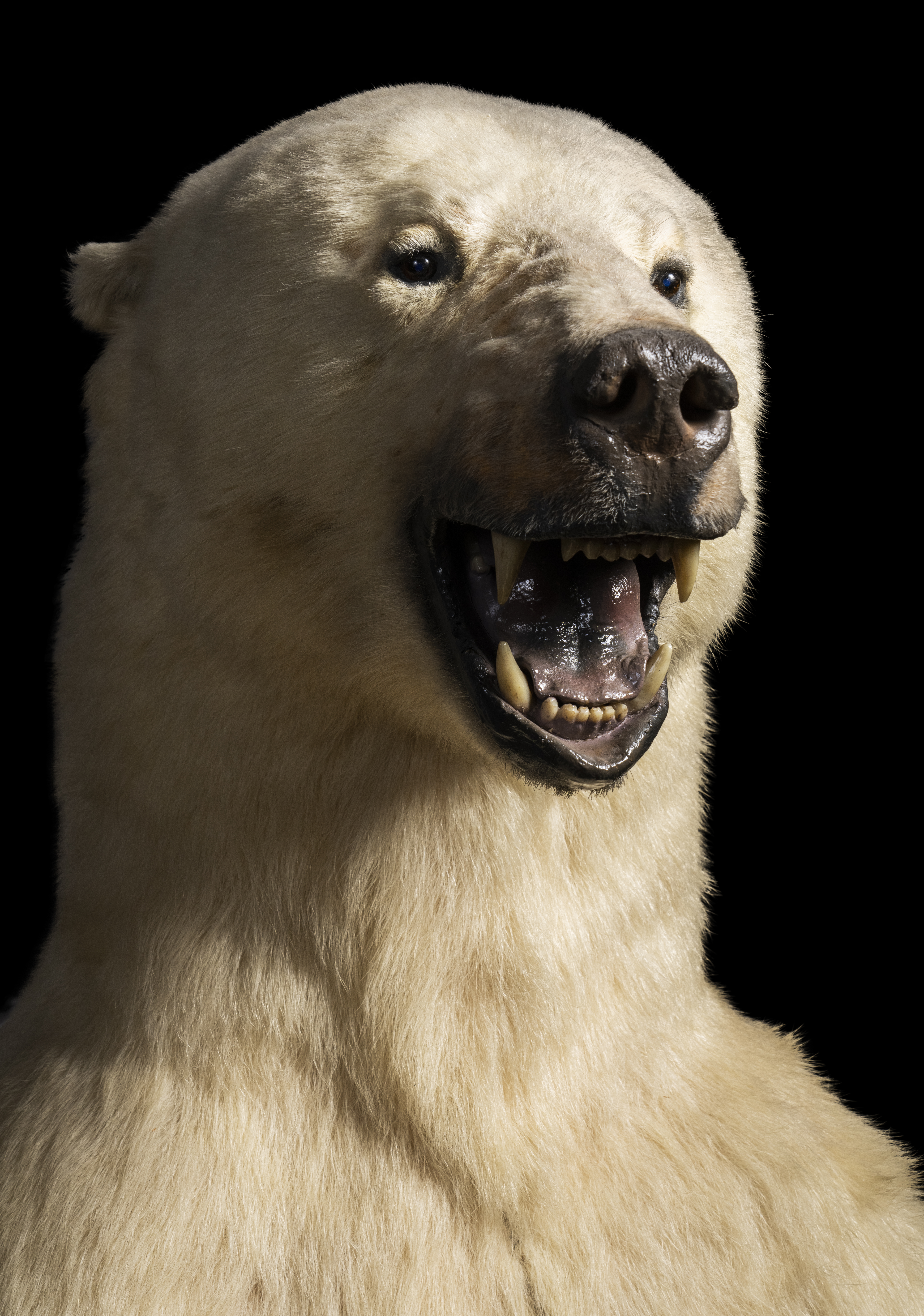
Recording the biggest animals, one after another for decades, allowed biologists to track how the health of land determined the robustness of herds. That information then informed hunting seasons, quotas, and habitat projects.
“And that’s been the mode of operation for our scoring system at our club ever since,” says Tony Schoonen, Boone and Crockett’s CEO. “We have our conservation policy efforts that have gone on for the last 130 years, and our scoring system exists to this day to measure the success of those efforts.”
A Modern-Day Reckoning
The plan worked, and hunting culture changed. Over the next half century, shooting females or young males was met with consternation, if it was legal at all. Praise was heaped on those who shot the biggest bucks and bulls. Taking a trophy animal—one that made it into that B&C record book—was a sign of a hunter’s experience and skill. It was a measure of success.
As game herds increased, however, wildlife managers eventually needed hunters to kill does and cows. But the hunting media and culture still promoted chasing giants.
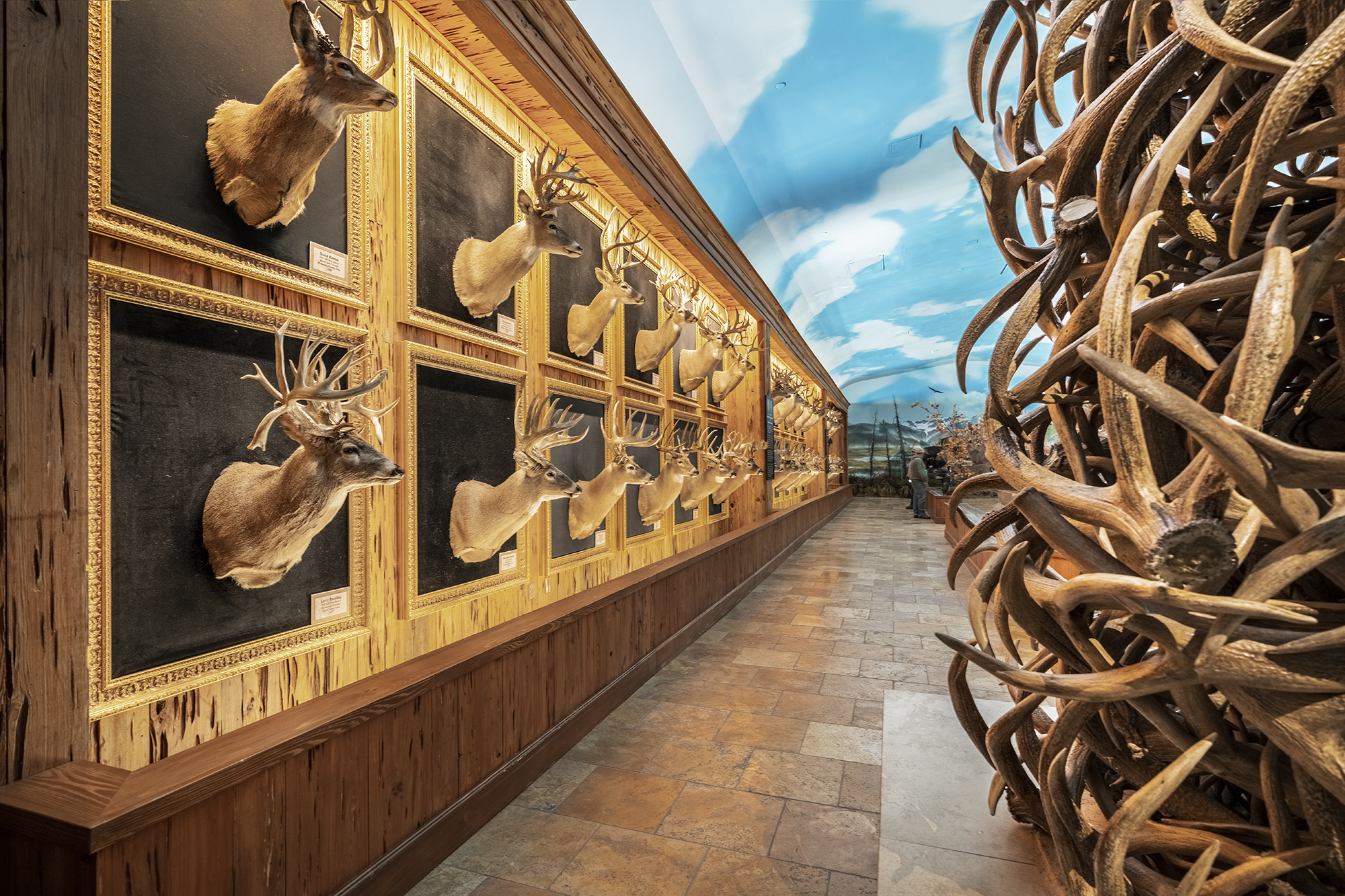
“The term trophy was tarnished in the 1990s and early 2000s when the philosophy of many producers of outdoor programming went from hunting to killing,” says Schoonen. “When it came to the image of American sportsmen and -women, we were our own worst enemy.”
As CEO of a record-keeping organization, Schoonen is the last person to criticize shooting a record-book animal. He’s just uncomfortable with the culture that grew up around that original B&C philosophy.
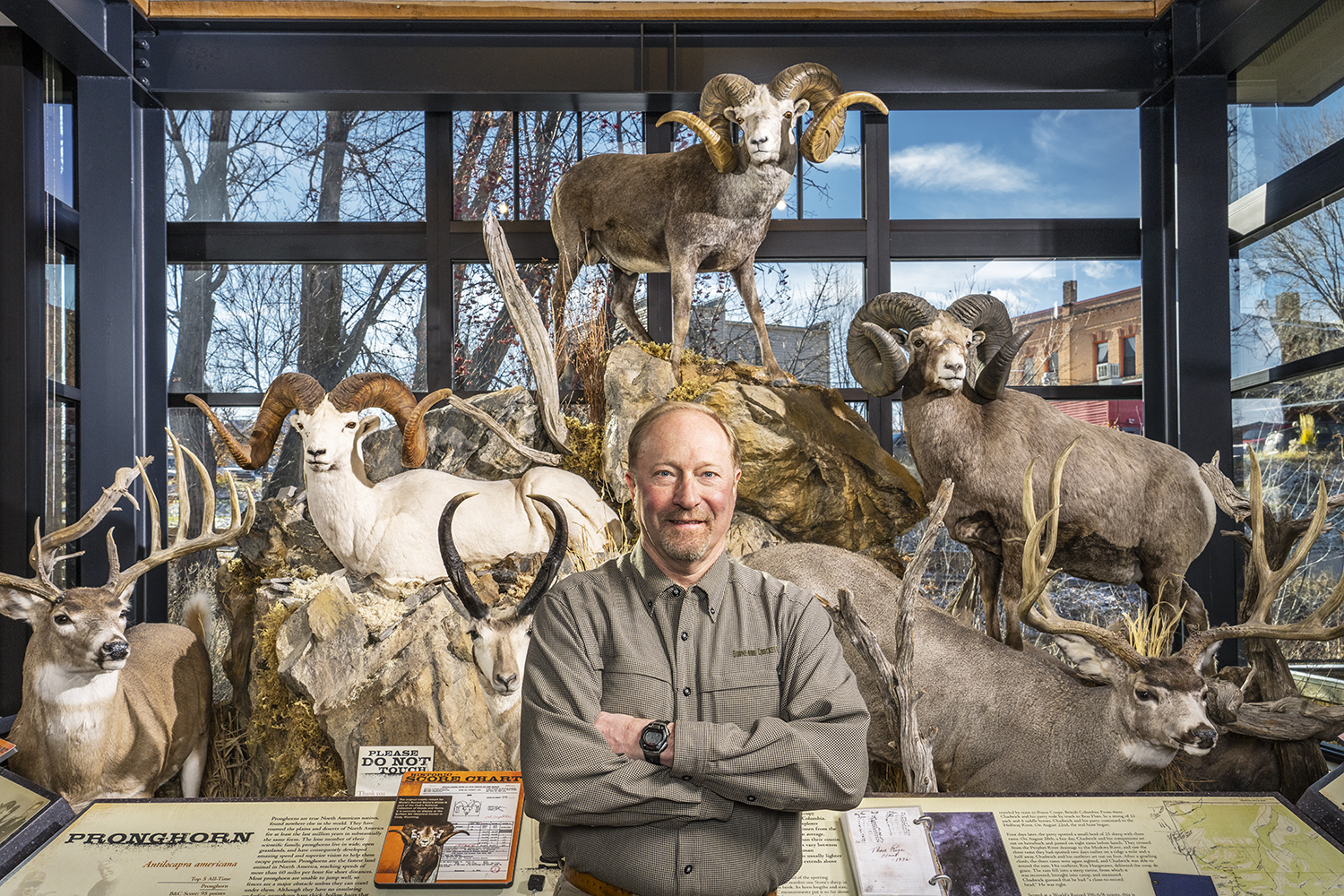
This discomfort was exacerbated in 2015, when a dentist from Minnesota shot a famous, long-studied black-maned lion from Zimbabwe, and there was a fast and fierce media backlash against international trophy hunting.
The U.S. changed regulations and made it harder to bring lion trophies into the country. American, Delta, and United airlines banned lion, leopard, elephant, rhino, and buffalo parts from their flights.
The fact that millions of dollars spent on trophy hunting, particularly in places like Africa, can benefit conservation and the local economy and prevent poaching was lost on most of the general public.
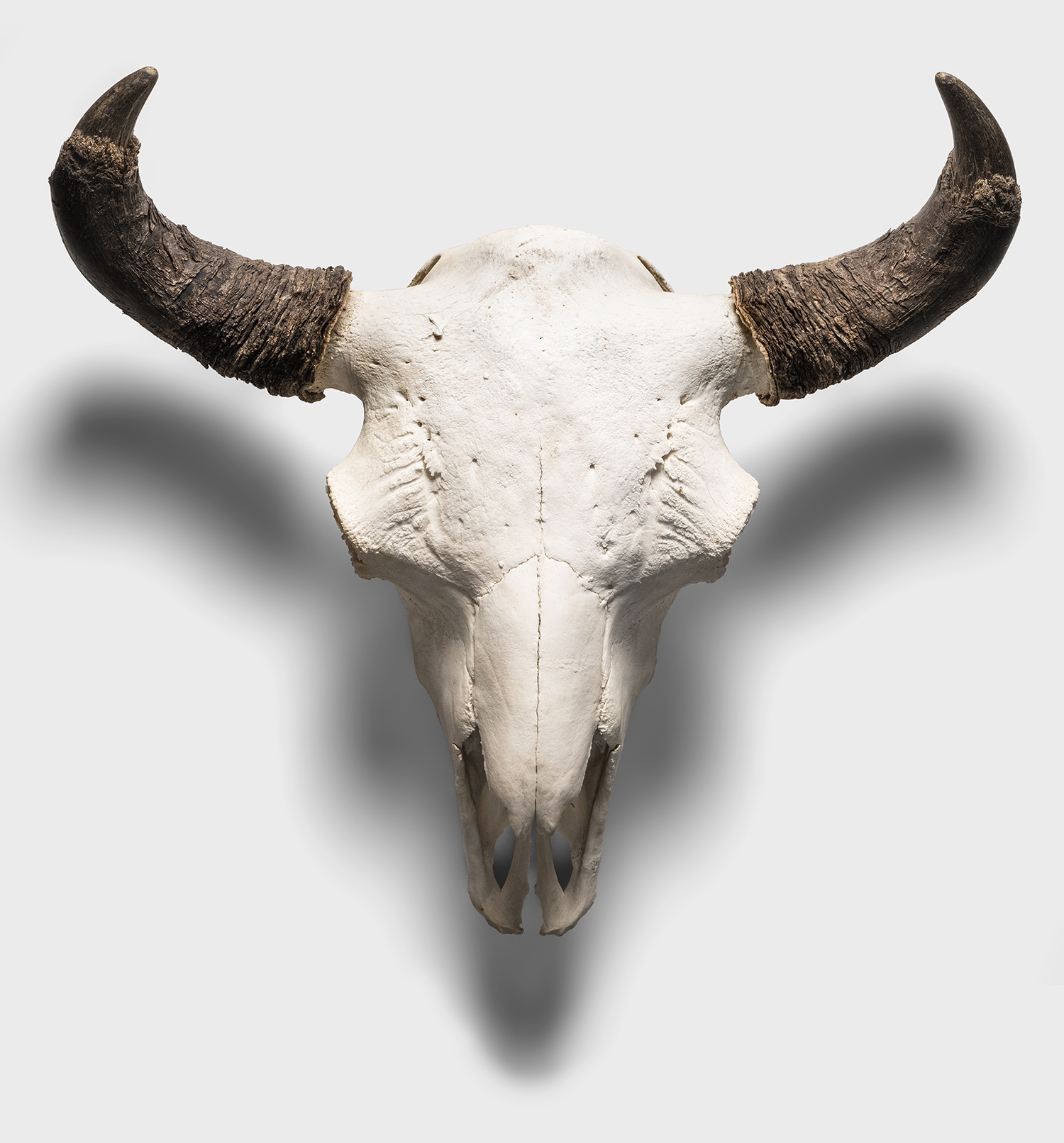
Two years later, a study came out in the Proceedings of the Royal Society B: Biological Sciences saying that hunting for selective traits like antlers or tusks in portions of sub-Saharan Africa could lead to extinction in the face of climate change and drought.
This study came on the heels of another long-term study out of Alberta showing that decades of intense bighorn sheep hunting pressure for trophy rams had created “a significant decline in genetic value for horn length of rams, consistent with an evolutionary response to artificial selection on this trait.”
News headlines declared this proof that trophy hunting could cause “evolution in reverse.” Except, as researchers maintained in follow-up papers, the circumstances of that study were so extreme, they likely could never be replicated anywhere else. From a biological standpoint, hunters seeking the largest, oldest males in a wild, healthy herd do not have a negative impact, says Kevin Monteith, a wildlife researcher at the University of Wyoming and one of the co-authors of a rebuttal paper to the Ram Mountain study.
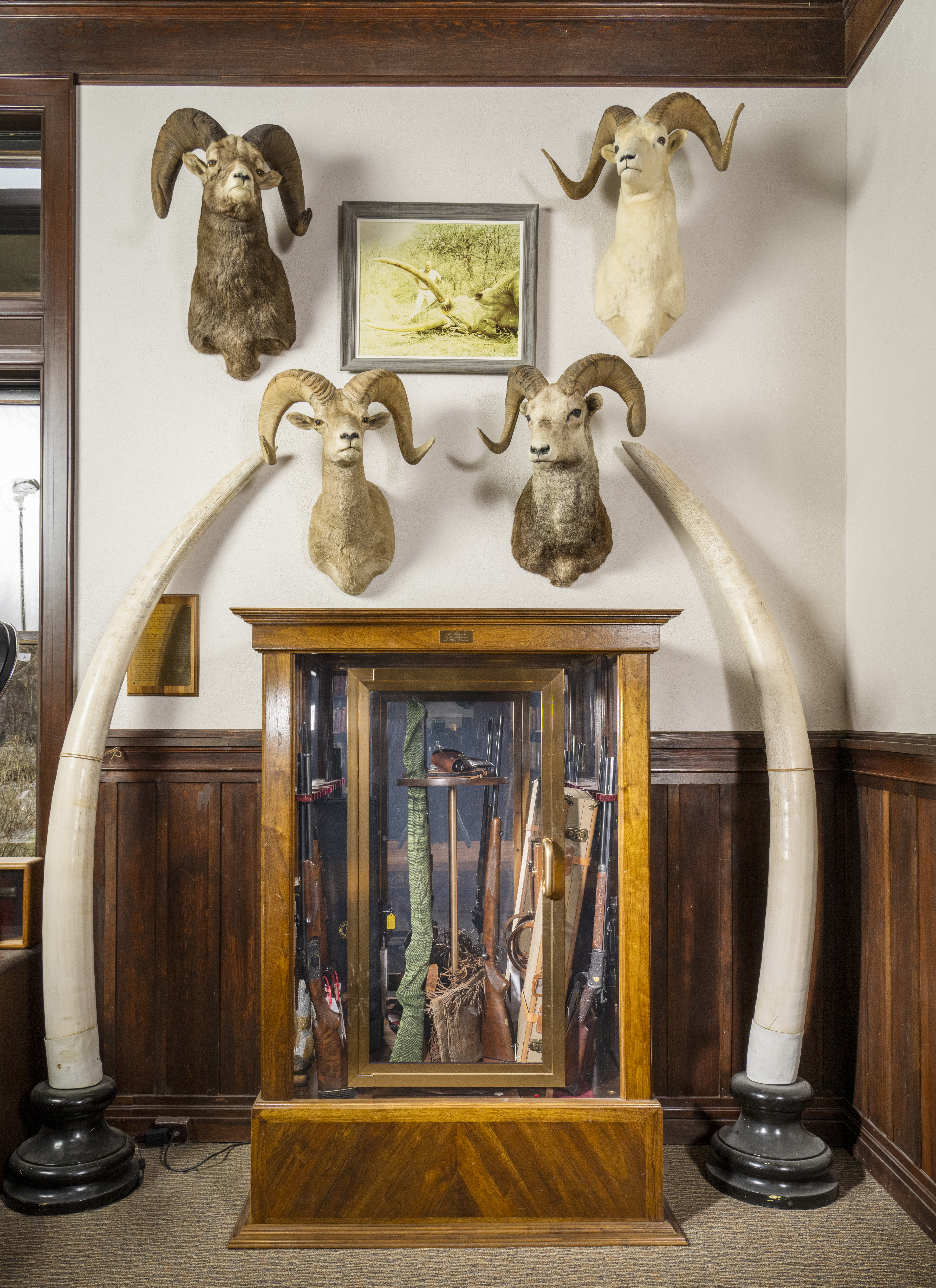
Even so, Monteith and other wildlife researchers say that in many areas, we should be focusing on shooting more females.
“More isn’t always better,” he says. Habitat can support only so many animals. About 1 million elk and 30 million whitetails now live in North America. Wildlife agencies have a harder time controlling herds if hunters wait for the biggest males and don’t harvest smaller males and females.
Wildlife agencies and hunters are making changes. Shooting females is encouraged in many areas. Some elk herds in Wyoming are so overpopulated that the Wyoming Game and Fish Department allows hunters to carry up to three tags, two for cow elk. States like Indiana offer bundles of deer tags for three does or one buck and two does. In one unit in Mississippi, private-land deer hunters can take 10 antlerless deer per season.
Redefining a Name
So what does the future hold for trophy hunting and the original tenets of the Boone and Crockett Club? First of all, we need to do a better job describing what hunters are actually doing, says Randy Newberg, a well-known hunting personality and public-land advocate. Newberg hates the term trophy hunter.
“For me, the term trophy hunting is nothing more than a useful tool for those who want to pigeonhole hunting as this simple cut-and-dried thing when we all know it’s way more complex than that,” he says. “That’s why I don’t care for the term trophy hunting, because it’s a lazy shortcut to not have to examine what we do and why we do it.”
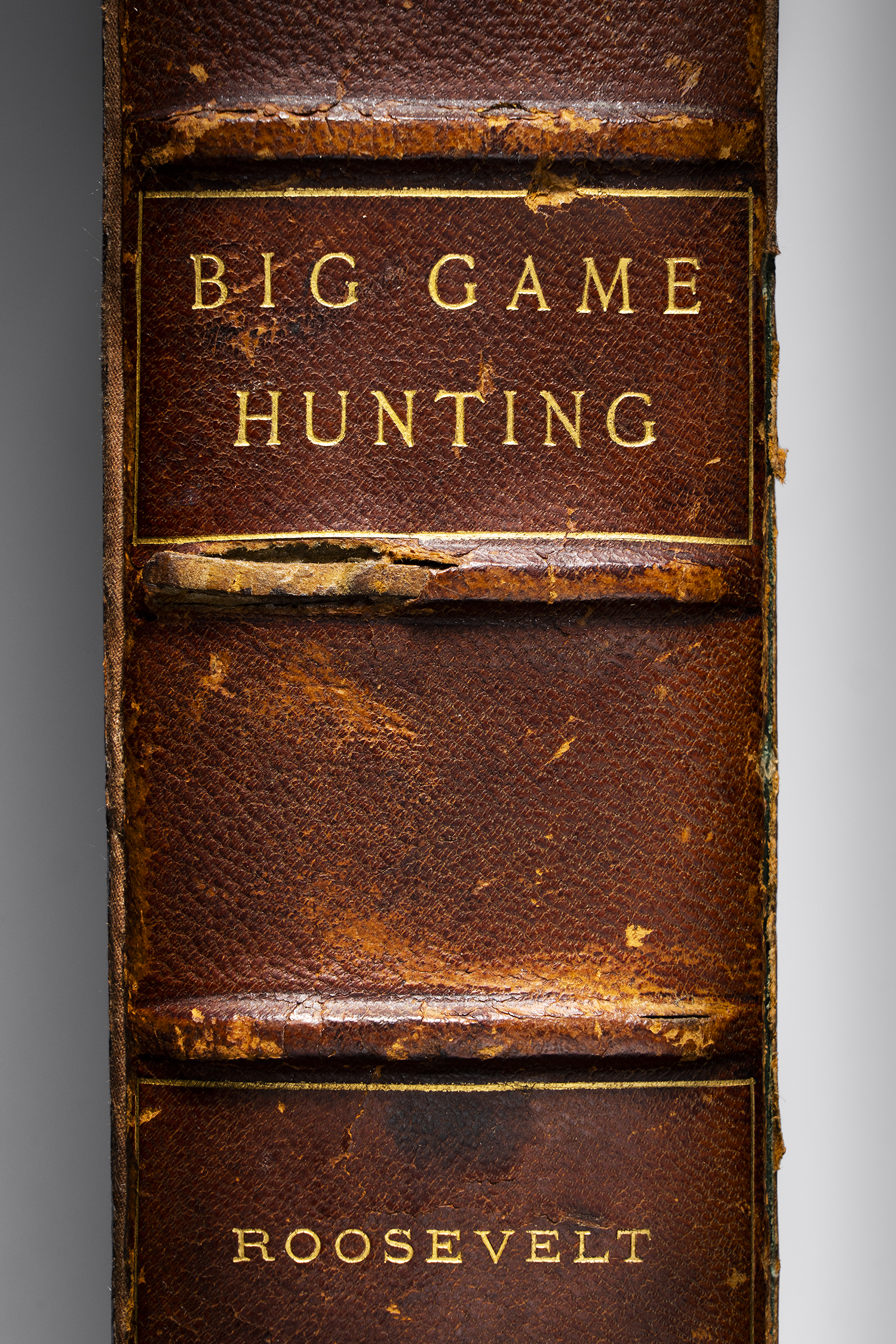
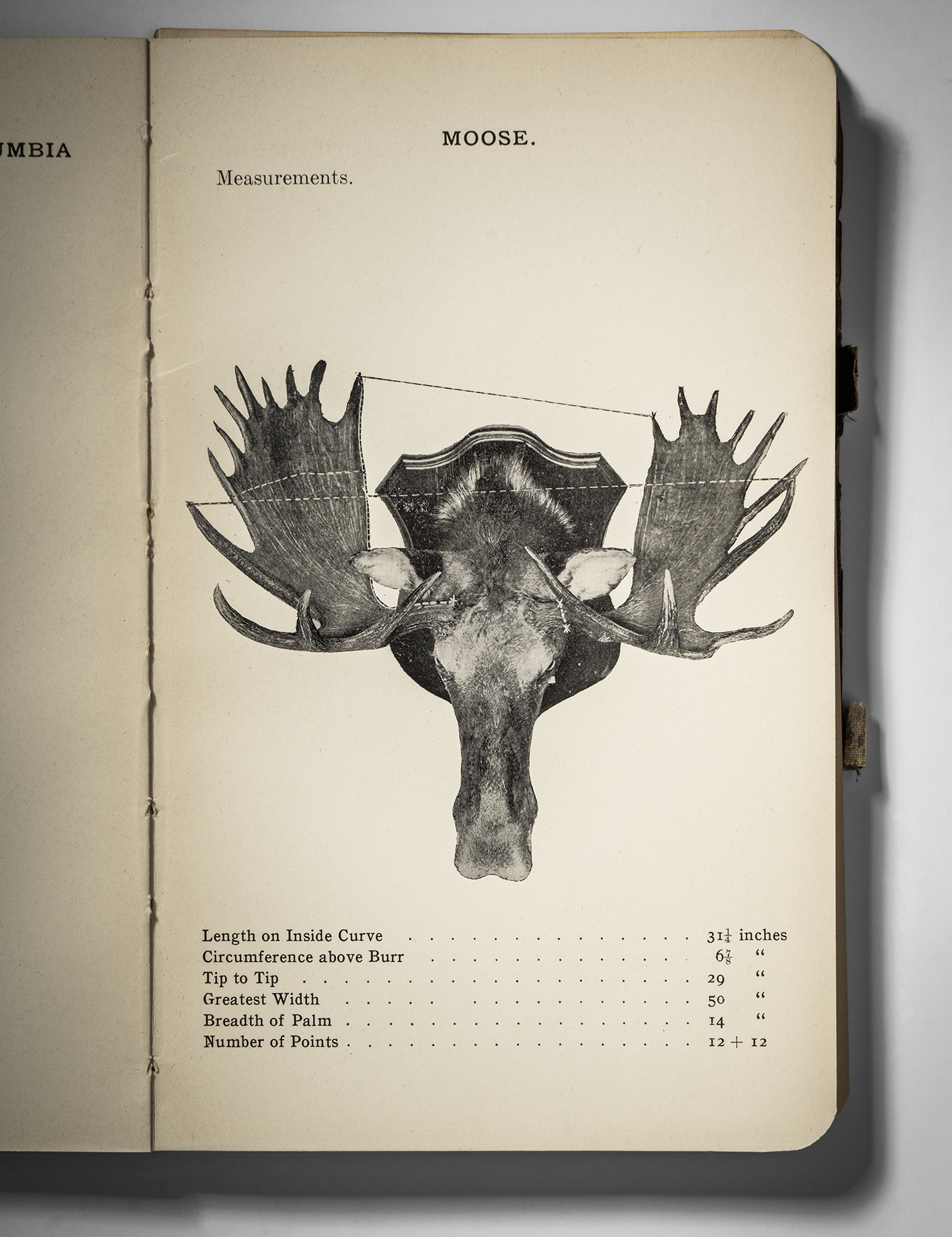
The general public disapproves of trophy hunting, even though that phrase is not well understood. A 2019 survey conducted by research firm Responsive Management found that 84 percent of the public approves of hunting for meat, 50 percent approves of hunting for sport, and just 29 percent approves of hunting for “a trophy.” In fact, 51 percent of people surveyed said they strongly disapprove of such hunting. From those attitudes come laws and ballot measures to ban bear hunting or lion hunting or restrict seasons.
“For too long, we’ve let others tell our story, and they’ve told it in a way that is not necessarily helpful for the bigger picture of hunting,” Newberg says. “We need to tell real stories about what this means to us, why it connects us the way it does, and the food it provides.”
Eric Morris, producer and host of N.onT.ypical Outdoorsman TV, introduces 30 to 40 new people to hunting each year. For those new hunters, harvesting an animal, any animal, is an accomplishment, and the meat from that critter becomes a trophy.
“We should not get into a habit of determining for someone else what is and is not a trophy,” Morris says. “A trophy is in the eye of the beholder.”
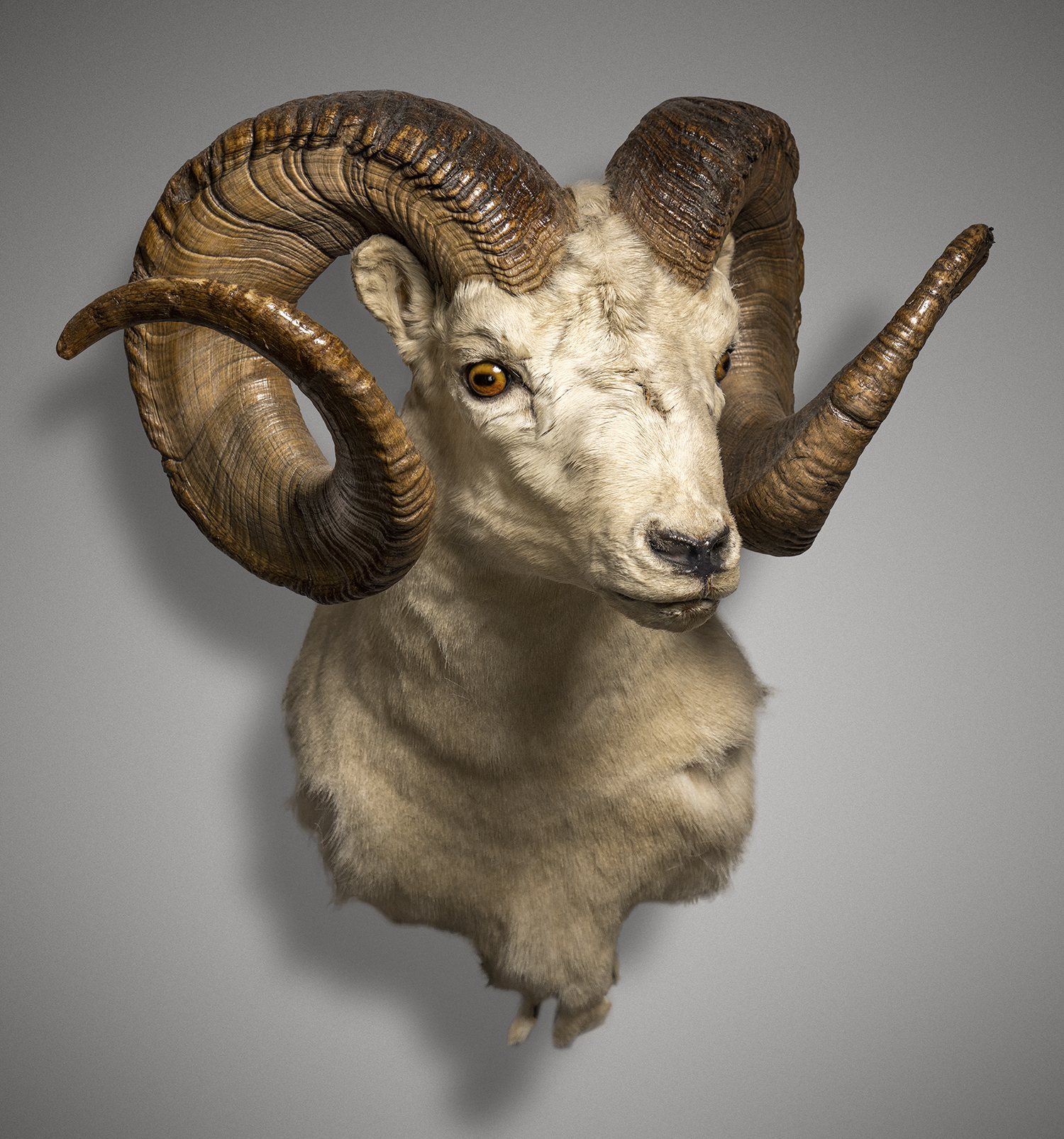
Simon Roosevelt, the Boone and Crockett Club founder’s great-great-grandson, agrees.
“Hunting is about a lot more than the animal,” Roosevelt says. “The objective is the experience of being in the outdoors and the pursuit. It’s the matching of your skills and experience against the instincts and experience of the animal. It’s the experience you get from spending time in the outdoors and the wild. … There are certainly [times] where pursuit is driven largely by the trophy at the end, but to me that’s missing the point.”
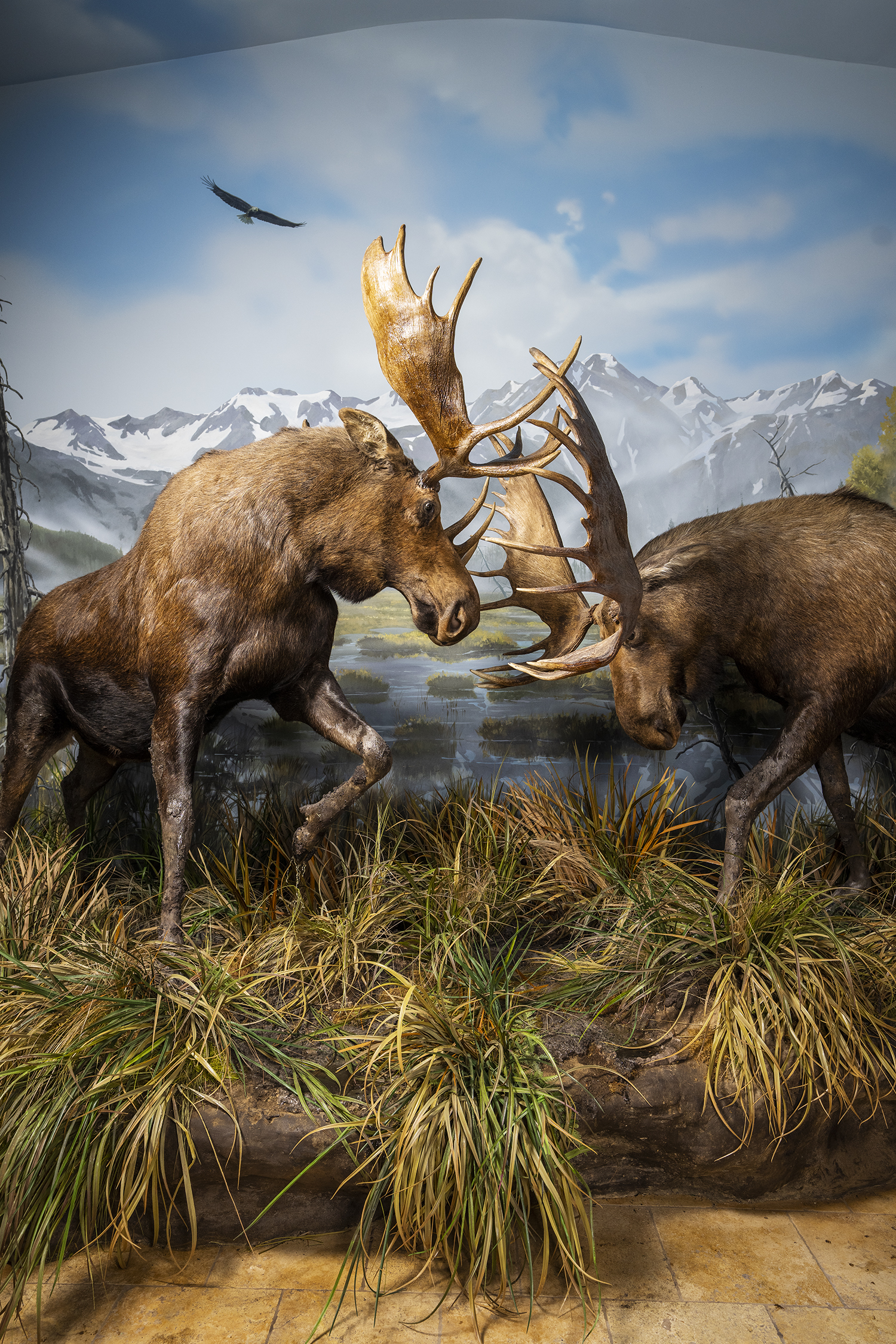
“If I’m going to look at trophy hunting and subsistence hunting, I don’t see a whole lot of difference between the two,” she says. “The animal doesn’t want to die. It doesn’t care if you shoot it and walk away and let it rot or if you make shoelaces for your girlfriend out of the sinew. It doesn’t want to die.”
What really matters is how hunters conduct themselves in the field, she says. That means putting a priority on fair chase, paying for conservation efforts, and telling the story of wildlife and habitat in a thoughtful way. All of that matters much more than any sort of label like meat hunter or trophy hunter.
In that regard, the founding principles of the Boone and Crockett Club will become even more important in the future, but to succeed, we’ll have to stop drawing lines of division between hunters.
“Let’s face it, back in the day, Grinnell and Roosevelt talked very negatively about the pot hunter, who went out and killed for the pot,” Newberg says. “And they didn’t distinguish between pot hunters and market hunters. If you were a ‘trophy hunter’ like [them] you were perceived as somebody who was at the highest echelon. When we look [forward], 50 years from now, we’re going to have a completely different context of how the landscape’s being developed and how much human pressure is affecting wildlife habitat.”
It’s going to take hunters, all hunters, to protect those remaining wild places and the critters that live there.
This story originally ran in the Trophy issue of Outdoor Life. Read more OL+ stories.
